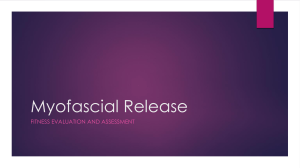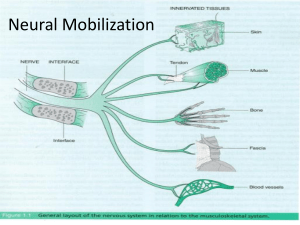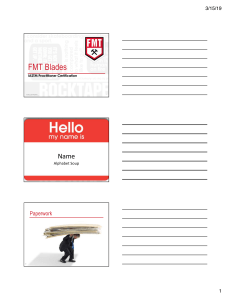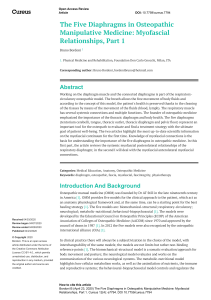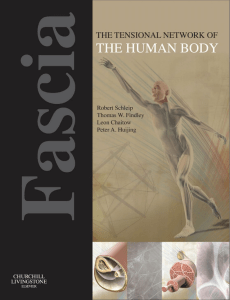Medical Therapeutic Yoga Quiz: Module 7
advertisement
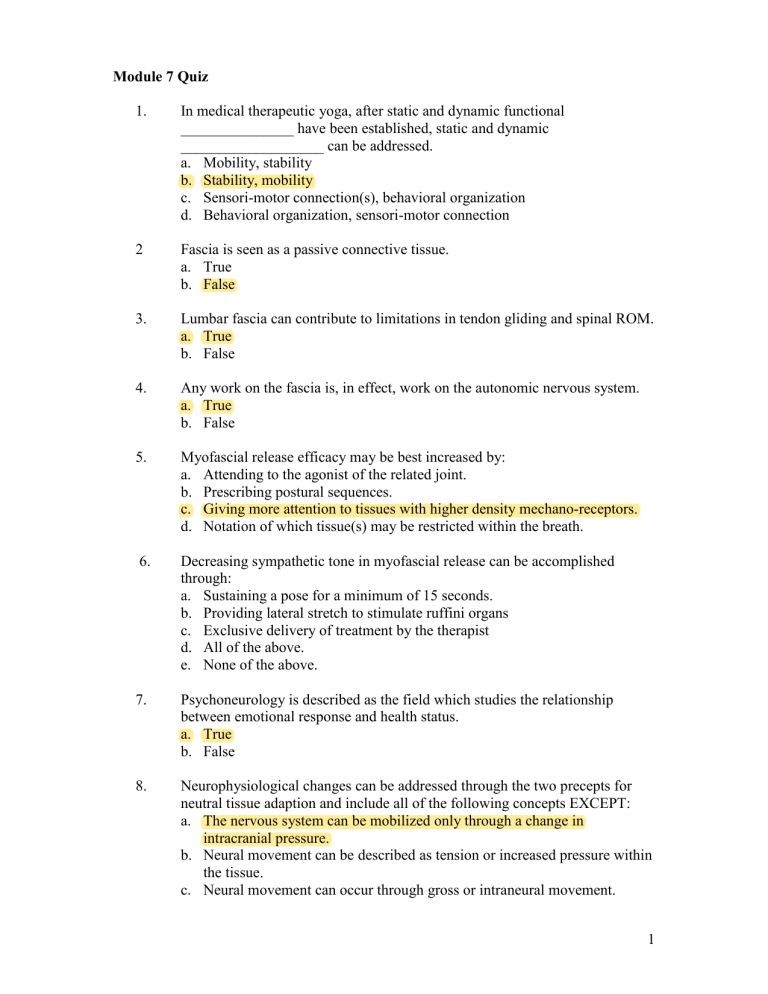
Module 7 Quiz 1. In medical therapeutic yoga, after static and dynamic functional _______________ have been established, static and dynamic ___________________ can be addressed. a. Mobility, stability b. Stability, mobility c. Sensori-motor connection(s), behavioral organization d. Behavioral organization, sensori-motor connection 2 Fascia is seen as a passive connective tissue. a. True b. False 3. Lumbar fascia can contribute to limitations in tendon gliding and spinal ROM. a. True b. False 4. Any work on the fascia is, in effect, work on the autonomic nervous system. a. True b. False 5. Myofascial release efficacy may be best increased by: a. Attending to the agonist of the related joint. b. Prescribing postural sequences. c. Giving more attention to tissues with higher density mechano-receptors. d. Notation of which tissue(s) may be restricted within the breath. 6. Decreasing sympathetic tone in myofascial release can be accomplished through: a. Sustaining a pose for a minimum of 15 seconds. b. Providing lateral stretch to stimulate ruffini organs c. Exclusive delivery of treatment by the therapist d. All of the above. e. None of the above. 7. Psychoneurology is described as the field which studies the relationship between emotional response and health status. a. True b. False 8. Neurophysiological changes can be addressed through the two precepts for neutral tissue adaption and include all of the following concepts EXCEPT: a. The nervous system can be mobilized only through a change in intracranial pressure. b. Neural movement can be described as tension or increased pressure within the tissue. c. Neural movement can occur through gross or intraneural movement. 1 9. Neural mobilization can occur through auto-mobilization (self) and/or mobilization with movement in a pose (therapist). a. True b. False 10. The requisites for optimal joint stability play a vital role in exposing deficits during biomechanical alignment and neural mobilization within postures. a. True b. False 2



